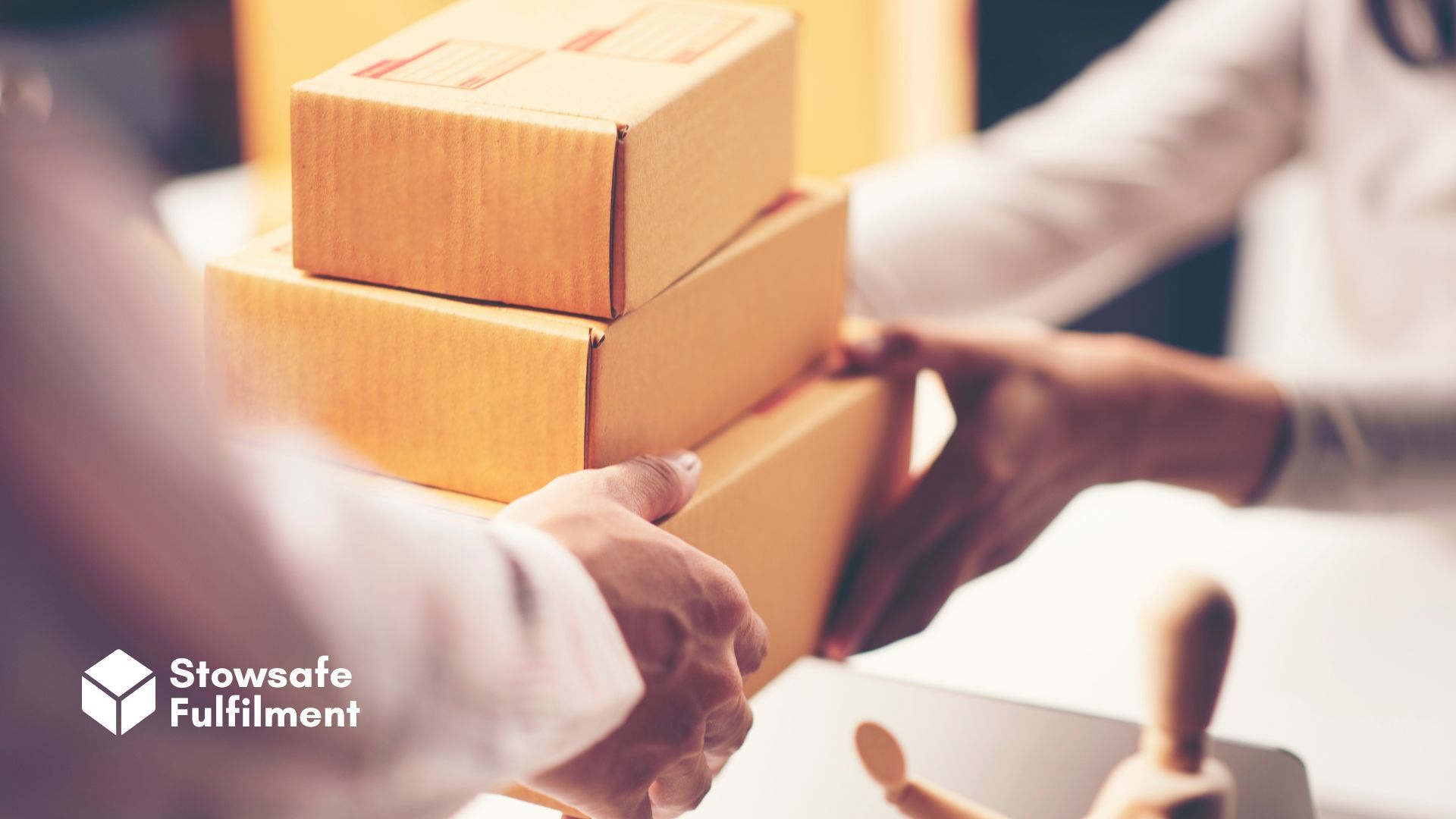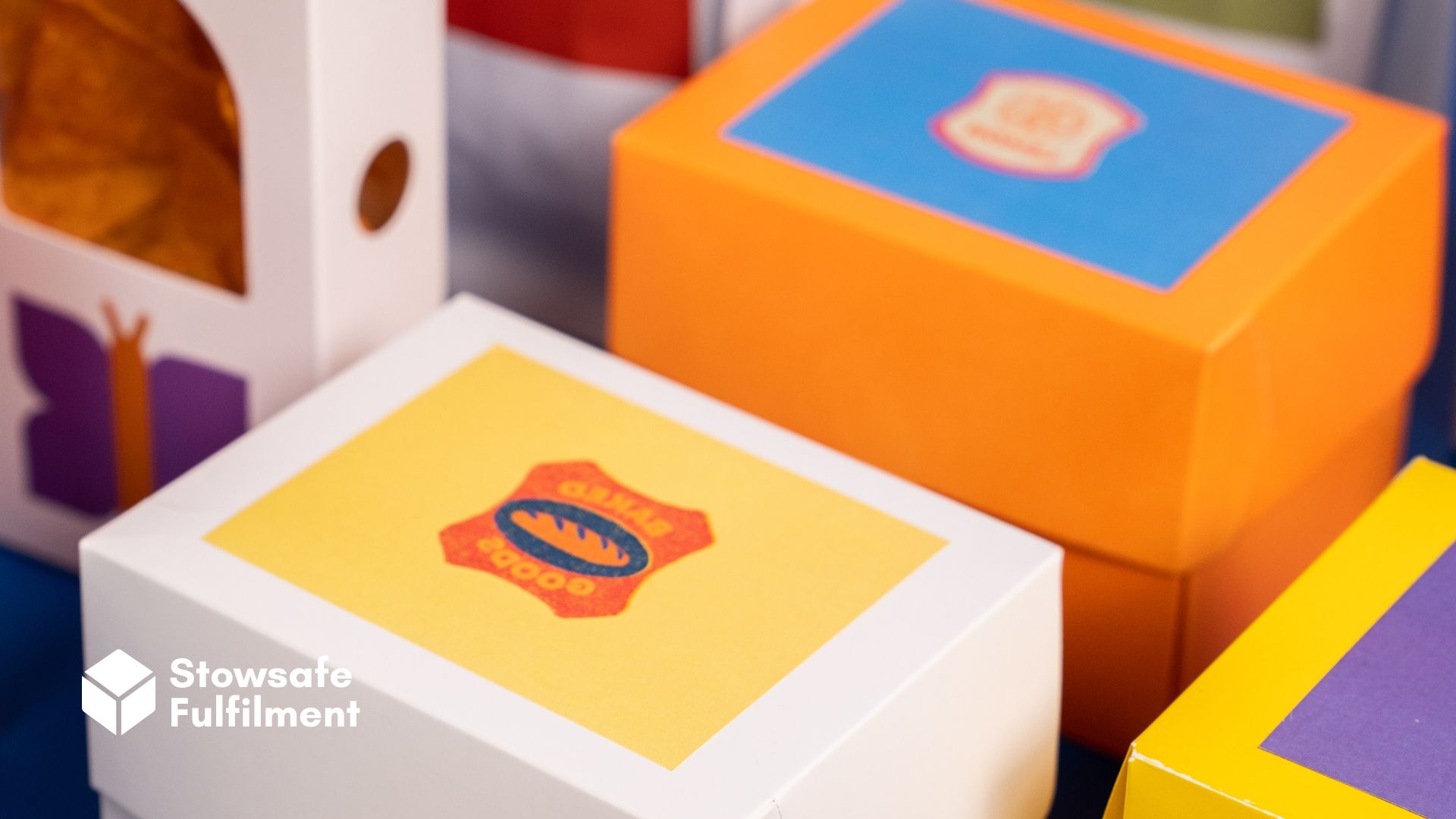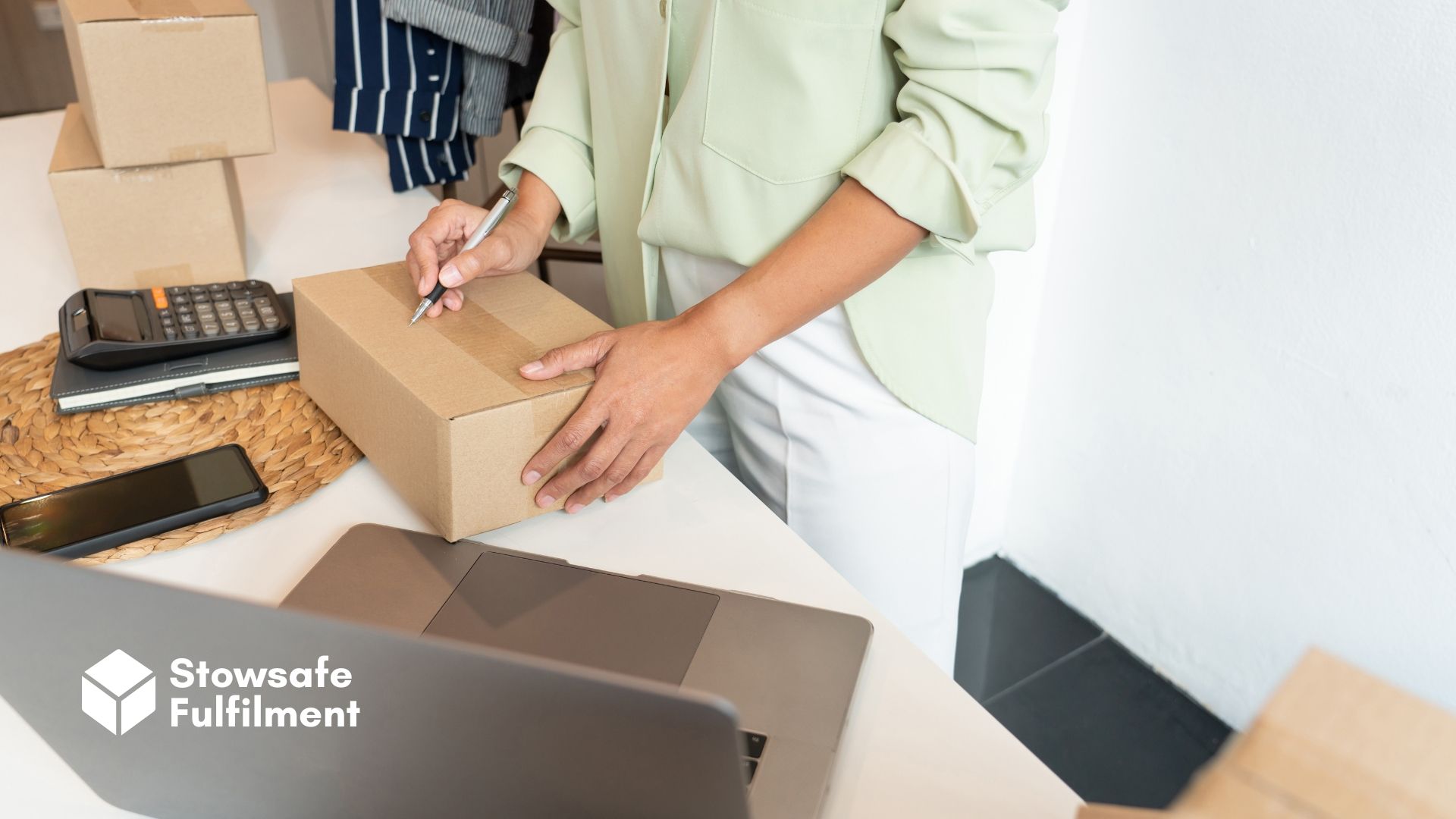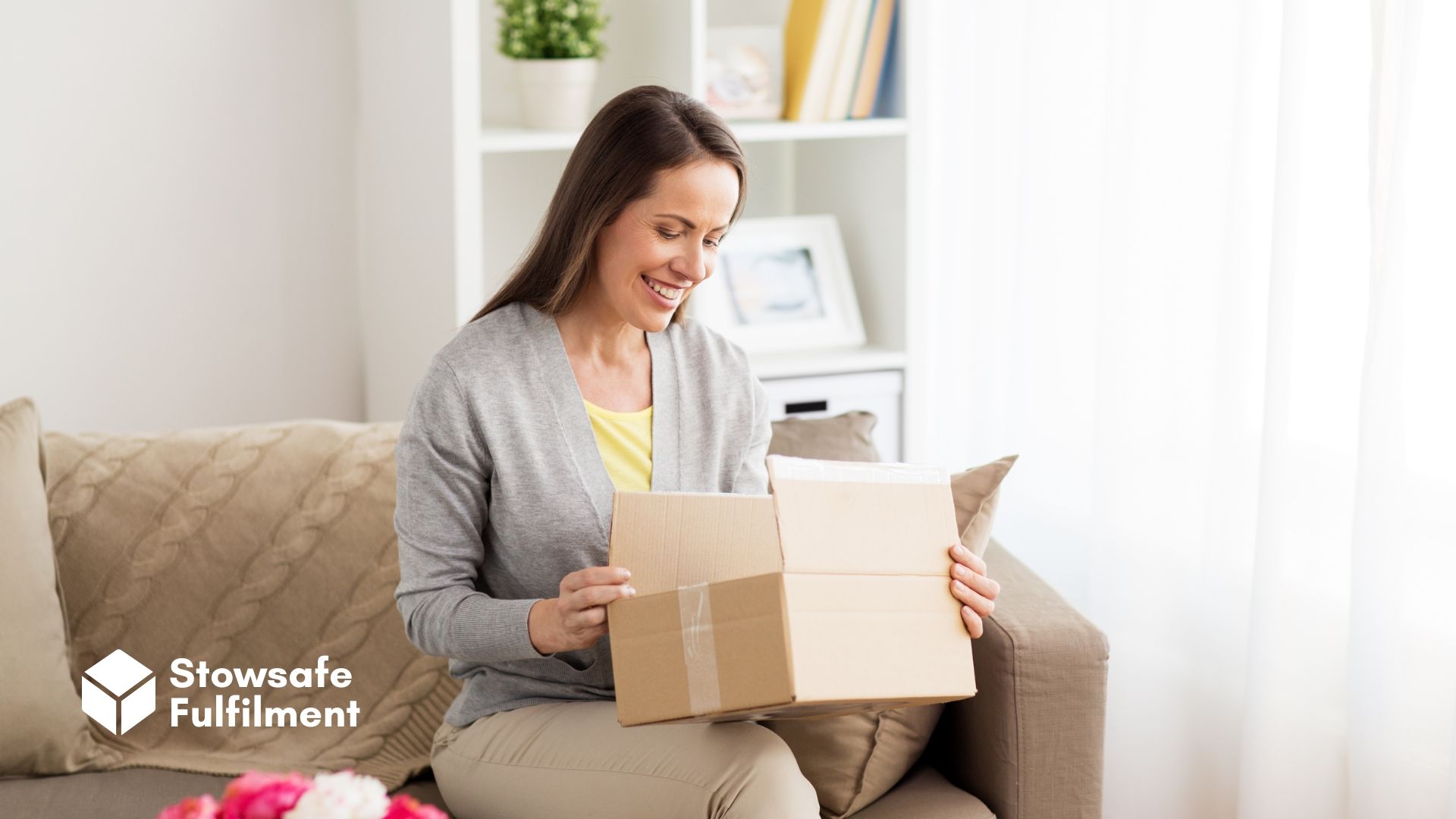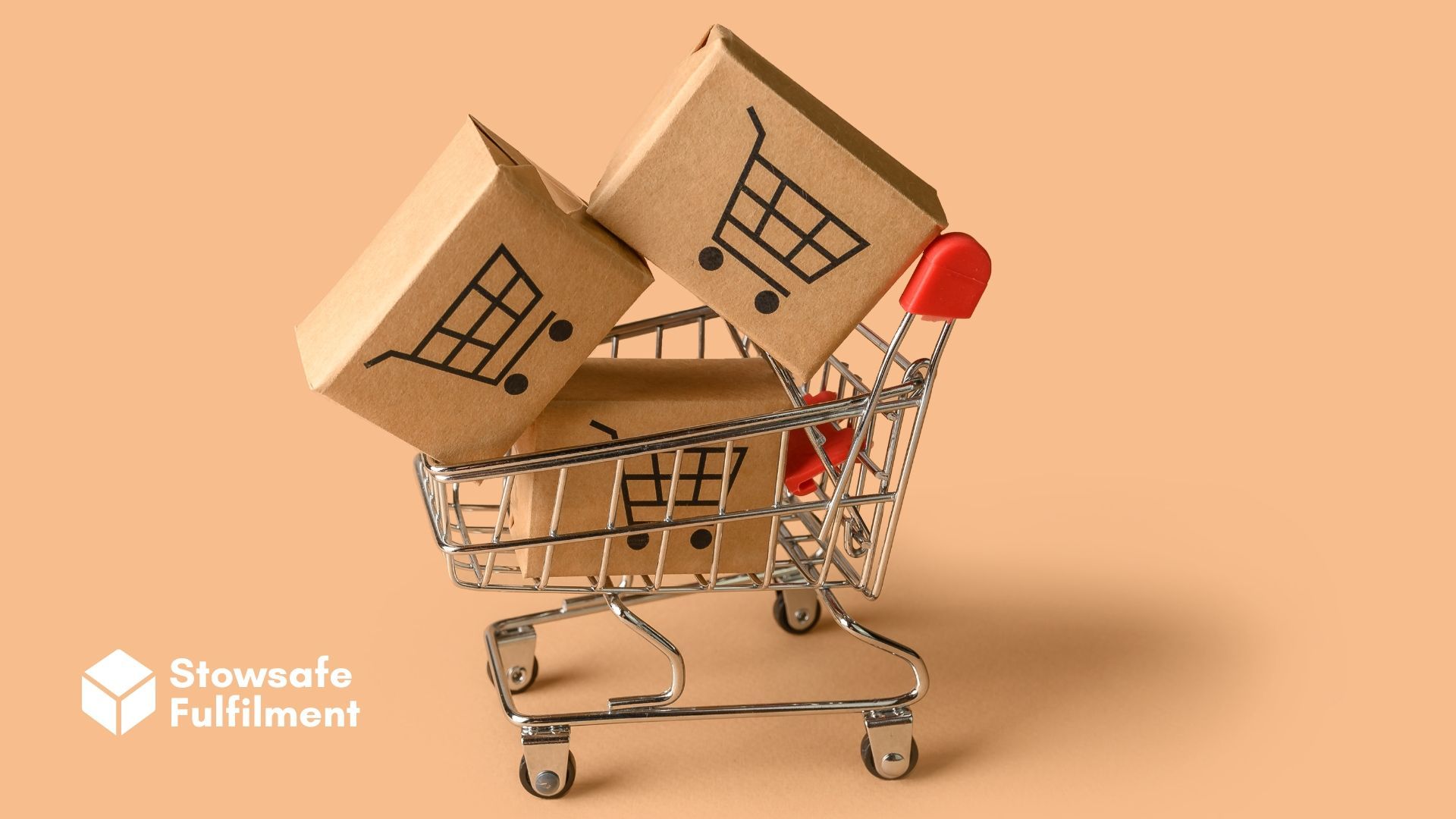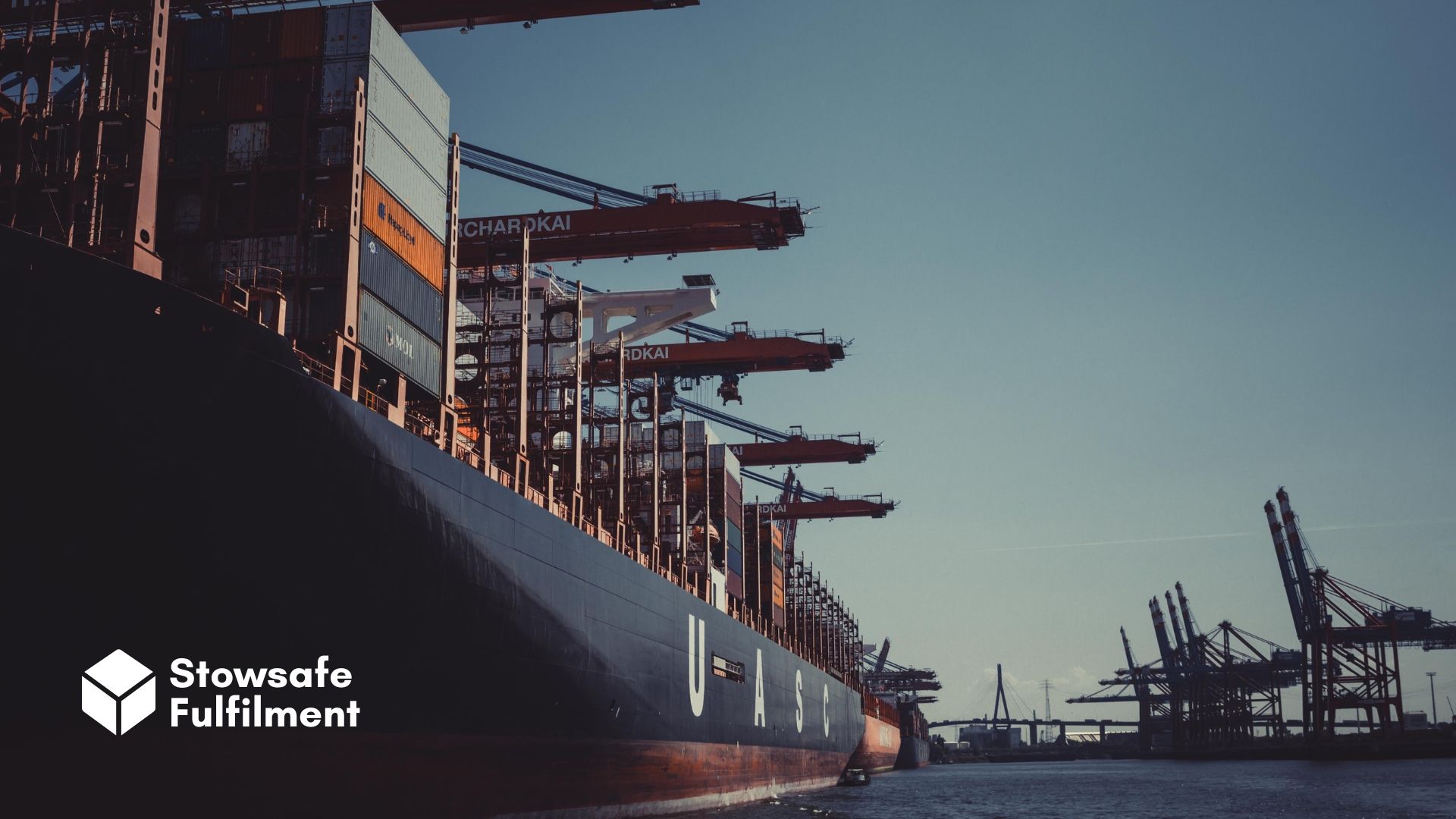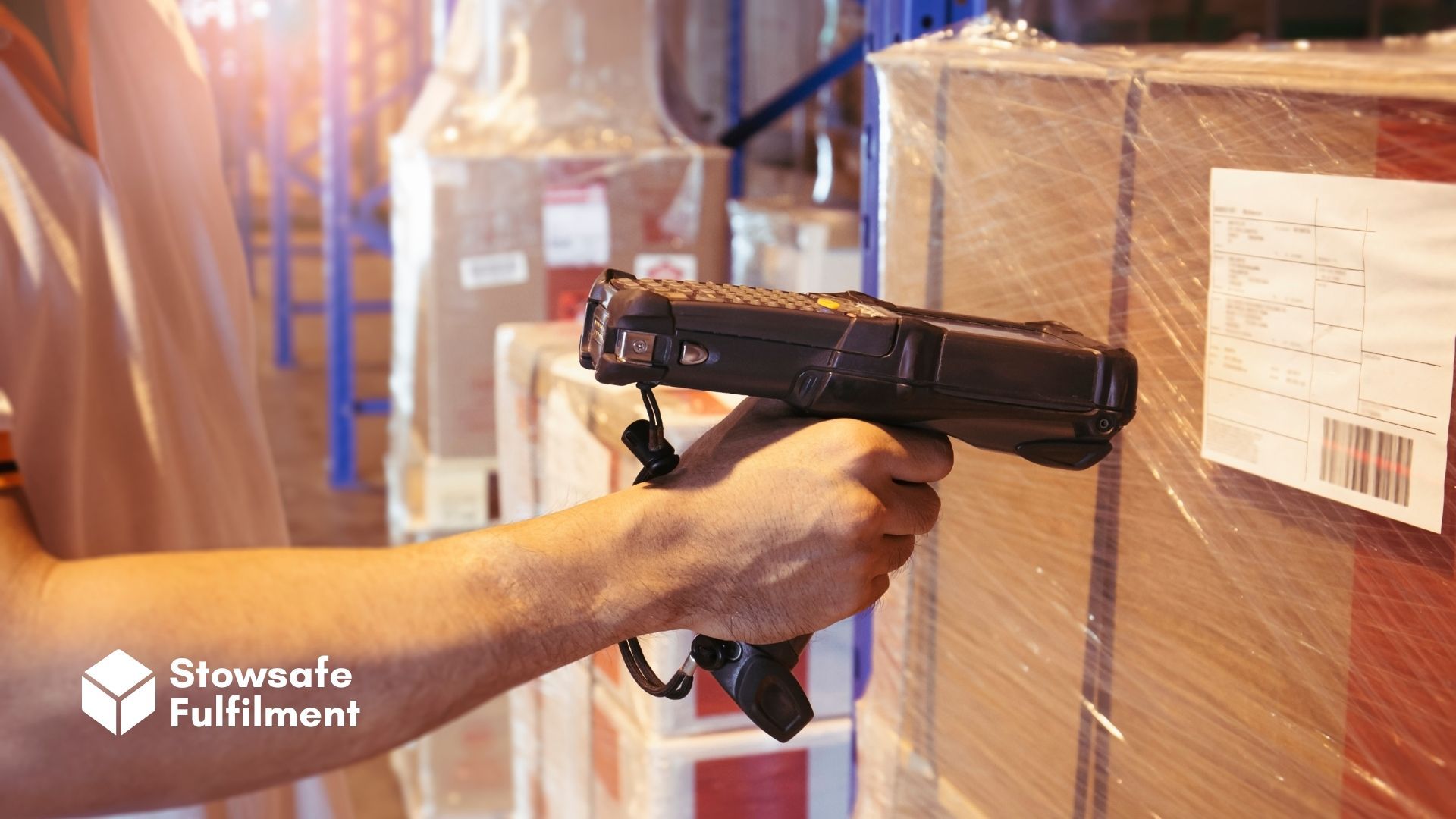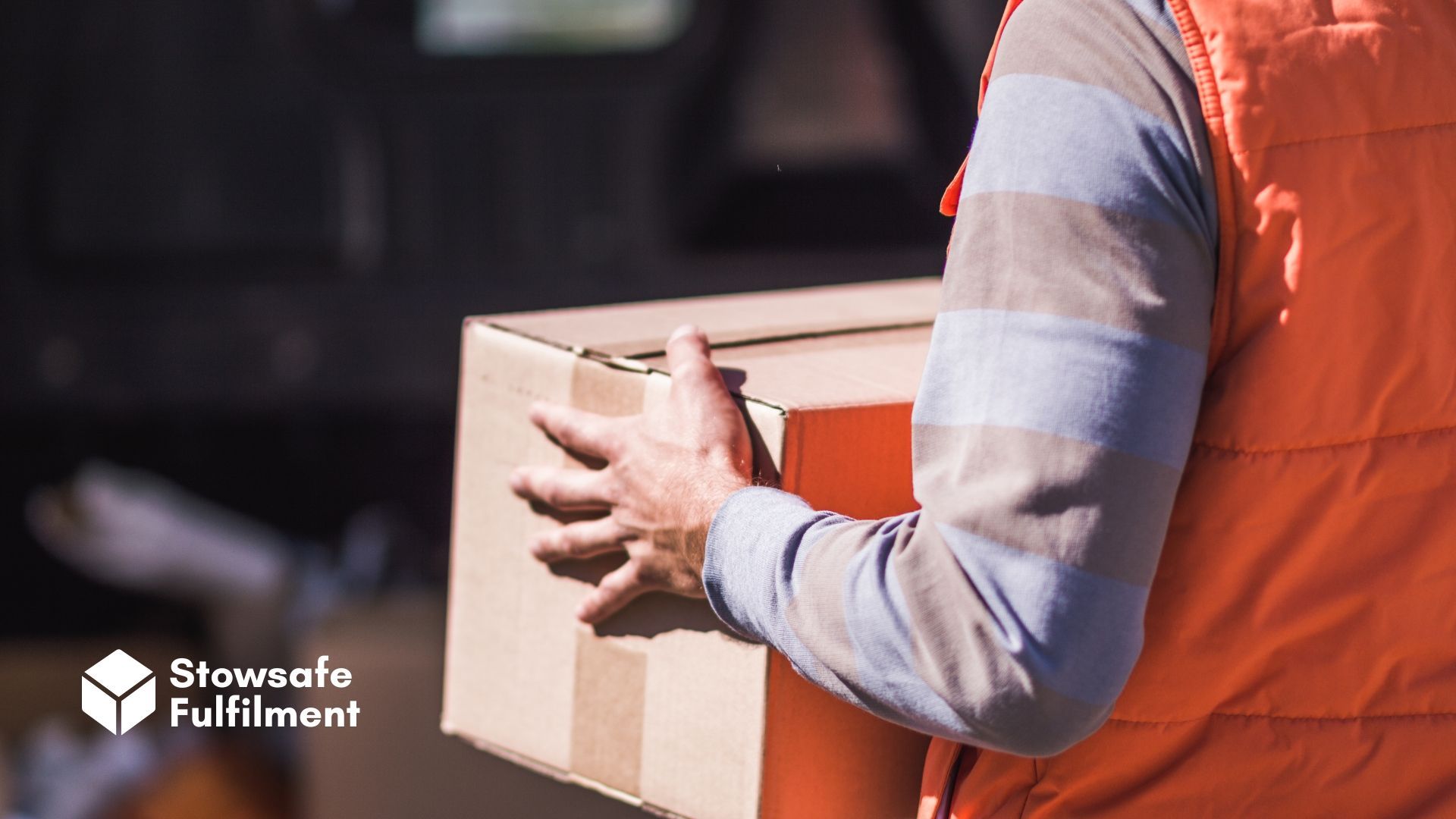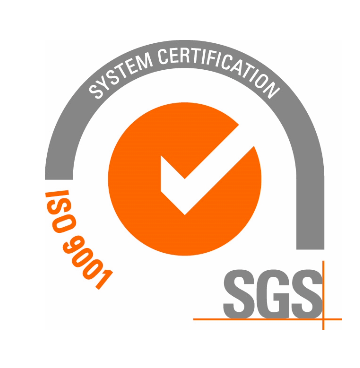Failed, missed or late: what is the true cost of home delivery methods to the eCommerce industry? Get the latest facts inside.
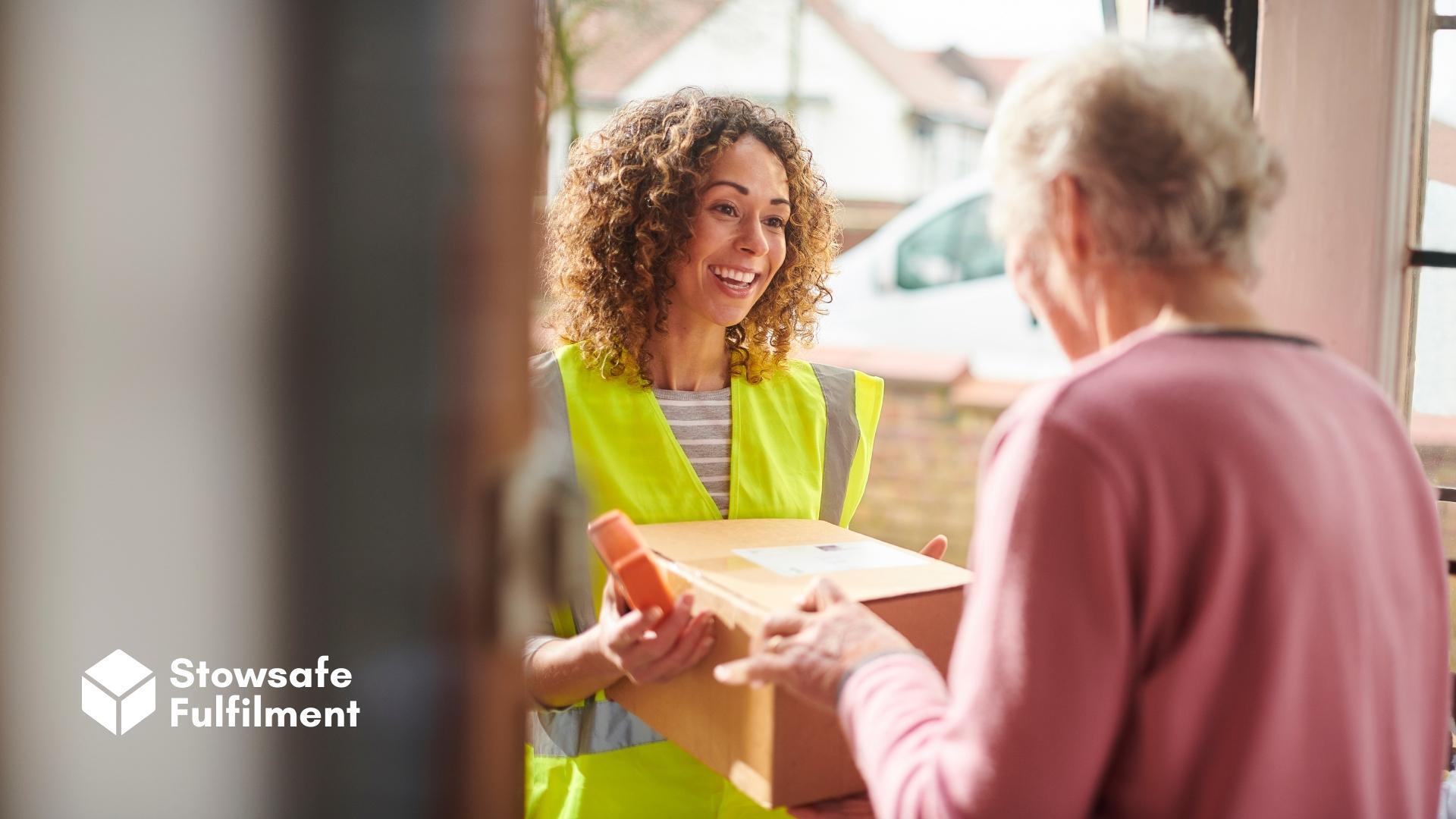
Online retailers have worked hard to improve the delivery experience for shoppers, driving innovation and efficiencies whilst striving to keep costs low.
However, as standards and performance have improved over the years, so have customer expectations. Today's online shopper demands a vast product range, ruthless value and quick-delivery, low-fee promises.
As the landscape grows more competitive by the day, accelerated by COVID-19 and aggravated by global supply chain disruption, it's never been more important for retailers to spot leaks in their eCommerce ships. Missed or lost deliveries, damages and returns all eat into end profits – not to mention the cost of home delivery in general.
For retailers operating in the eCommerce space to keep pace with high consumer expectations, they must maintain eagle-eyed visibility on the loss-driving factors and opportunities behind them.
And it all starts with the question, "what is the value of home delivery for eCommerce today?"
Market reports on home delivery costs
IMRG's Valuing Home Delivery Review, published bi-annually, is designed to help the industry's stakeholders understand the implications and costs incurred when online home delivery fails to meet the shopper's expectation – which is to get their online purchases to the right place, first time, on time, every time.
According to the most recent report1 (published in 2021), while there are many reasons why home delivery expectations may not be met, the most common scenarios were:
1. Failed first delivery – re-delivery required.
2. Failed first delivery – collection by customer.
3. Late delivery – not within the expected time window.
4. Order lost – replacement sent.
Looking at 120 million orders over 12 months, the official findings from IMRG were that these four key scenarios amounted to a staggering £5.67 billion across consumers, retailers and carriers combined.
Retailers footed the lion's share of £4.6 billion, with customers and the carrier network sharing the remainder fairly evenly. For specific events, late deliveries cost the retailer on average £94.54, and failed deliveries/lost orders saw a further 50% increase, to £148.21.2
In most scenarios, customer cost stayed under just five pounds, but order disappointment carries damage beyond financial impact. Failure to fulfil orders OTIF (on time, in full) often leads to poor customer experience, brand damage, and increased rates of expensive returns and negative reviews. IMRG's report doesn't even take into account the value of high levels of returns, not to mention excessive inventory overheads resulting from long delivery lead times.
Even with conservative estimates, the report paints a clear picture: home delivery, while an industry imperative, is eye-wateringly costly for eCommerce.
Implications for eCommerce
While the picture may seem bleak, the ultimate conclusion is that home delivery is a huge opportunity for value optimisation in online enterprise.
And let's not forget that 2020/2021 eCommerce reporting is hugely distorted in many ways, due to the disruption of COVID-19 on every single component of the industry. Disruption to the global supply chains caused by the pandemic is already well documented, but eCommerce saw rapid substantial growth because of customers transitioning to online shopping due to shop closures and safety concerns.
Even today, numbers remain high as the online landscape has taken loyalty from brick-and-mortar stores. As the world closed practically overnight, retailers were left scrambling to find innovative ways to reach their customers, meaning eCommerce has seen accelerated drives towards innovation and new ways of working.
Across the industry, there have been notable developments in the quest to improve the rates of on-time, first-time delivery.
Third-party click-and-collect services have seen a spike in popularity as consumers have gained awareness of, and engaged with, this flexible alternative to direct-to-door delivery methods. By using a network of pick-up points as alternative delivery locations when the customer is not at home to receive their order, retailers can offer a range of flexible options to suit every requirement, at tiered price points that allow for balancing expectation with profit. In the background, 3PL click-and-collect elevates capacity pressures on their fulfilment services and courier networks, particularly during peak periods.
Pre-delivery alerts are now commonplace in the market, and they integrate with both click-and-collect and traditional "to-the-door" last-mile services. The ability to anticipate deliveries and track orders in real-time has led to improved customer experiences, as well as reductions in failed first deliveries, which require re-attempts at retailer cost.
The industry has accelerated innovation within eCommerce order fulfilment to accommodate the significant increase in volume. Automation and robotics are recognised as vital parts of the supply chain, increasing order accuracy, efficiency and fulfilment capacity – and, in turn, generating revenue and reducing operational costs.
Forecasting was – and still is – extremely challenging, meaning the relationship between retailer and fulfilment organisation must be stronger than ever to maintain the correct balance of availability to customer demand. With eCommerce growth showing no signs of slowing down, it's vital that retailers choose valuable fulfilment partners that offer real-time inventory management, industry expertise and investment in best-in-class technology.
Ultimately…
Innovation in fulfilment will enable higher levels of on-time, in-full dispatch for same-day and next-day delivery. Efficiencies delivered at the fulfilment stage will get orders into carrier networks sooner and can remove some pressure on the delivery schedule that leads to missed orders.
Due to the dynamics of the eCommerce industry, and taking into account its volatile recent years, relying heavily on trend conclusions from the likes of IMRG's industry report is perhaps unwise. The market has seen dramatic changes in shopper behaviour, retail supply and carrier operational processes over short time frames, so it's difficult to predict what the future holds in eCommerce.
However, what the review does show, undoubtedly, is the scope and scale of the cost implications of home delivery, particularly on-time, first-time delivery failures, and the value to be gained from an increased focus on improvement and reduction.
At Stowsafe Fulfilment, innovation is key to the efficient and cost-effective management of inventory for our client base. Bespoke logistics packages, seamless software integration and dedicated, scalable warehousing solutions position us as a leading partner for brands with an eCommerce growth imperative. Find out more about our online fulfilment services today.
References
1. Page 3,
Valuing Home Delivery Review 2021, IMRG.
2. Page 9,
Valuing Home Delivery Review 2021, IMRG.
All Rights Reserved | Stowsafe Fulfilment


